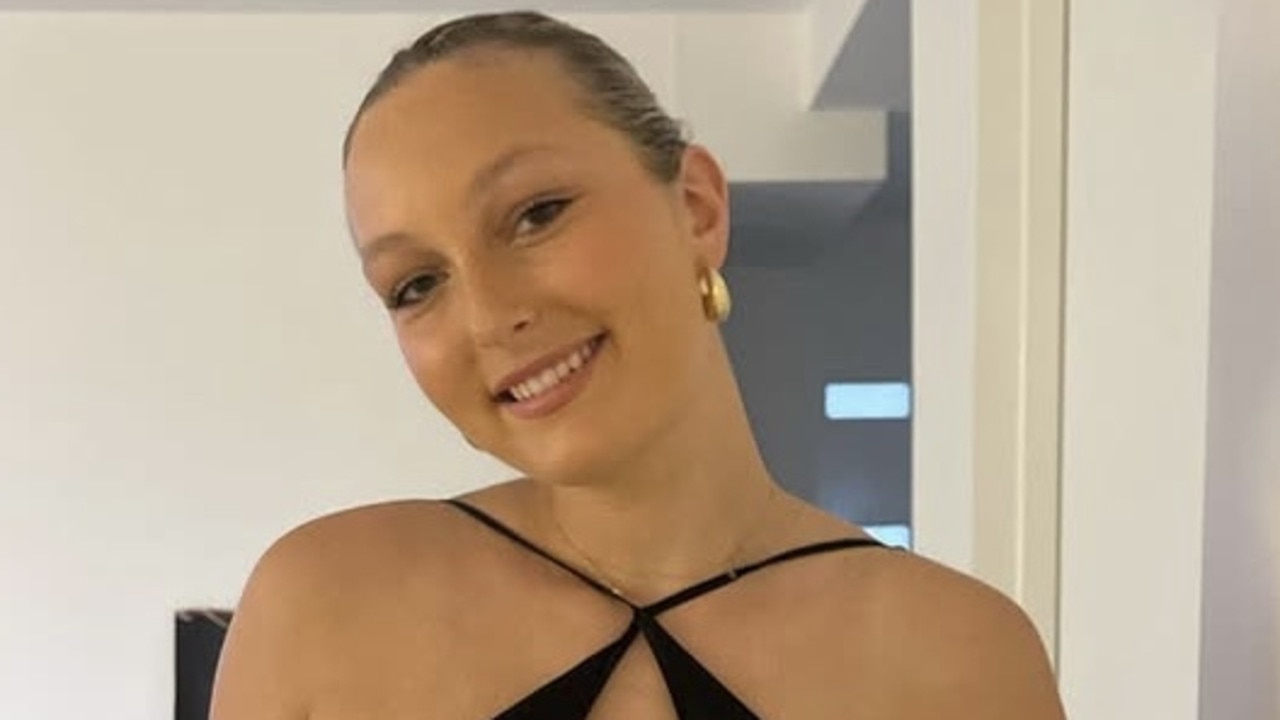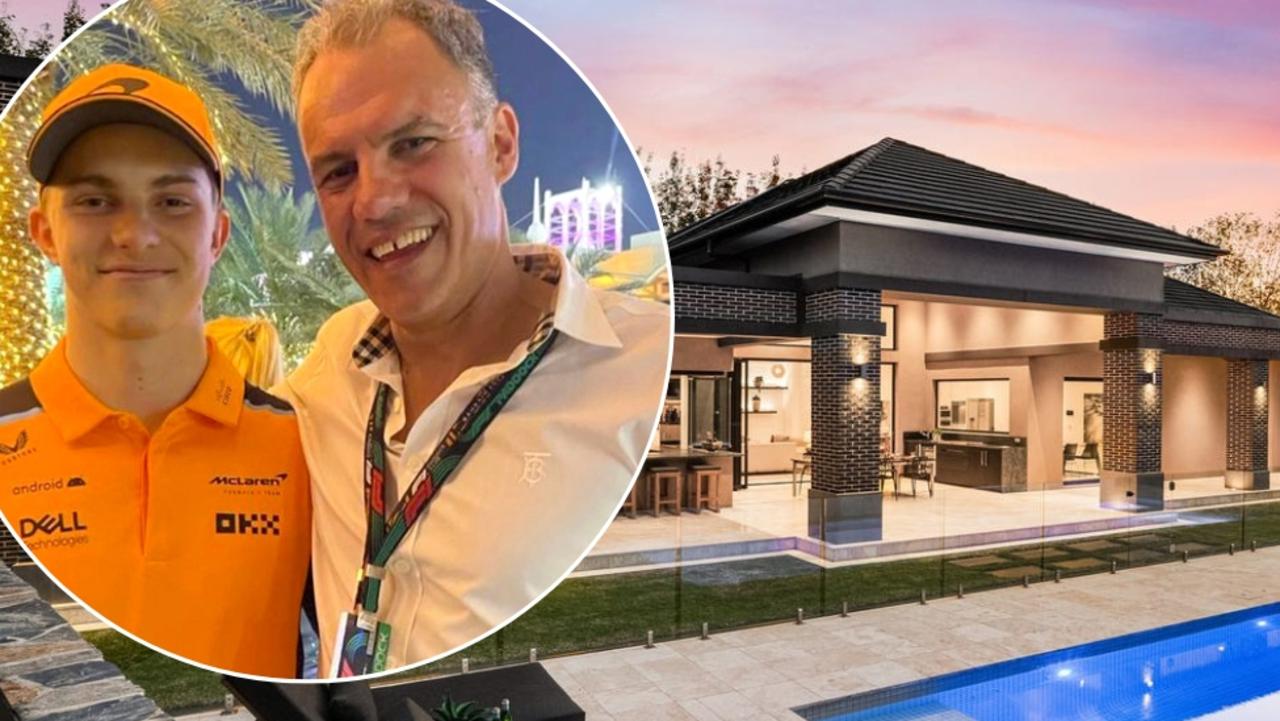How Fantastic Beasts: The Wonder of Nature aims to inspire ‘advocates for the planet’
A “dragon king” and “unicorns of the sea” star in a new Melbourne exhibition set to enchant Harry Potter fans and animal lovers alike.
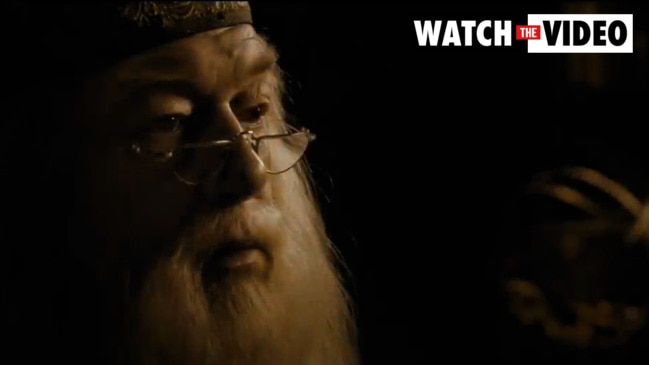
Fans of the Harry Potter universe will be familiar with the Niffler – a fluffy, long-nosed beast that collects shiny things and steals the show in 2016 film Fantastic Beasts and Where to Find Them.
But how about the Antarctic pebble-collecting Adelie penguin that inspired it?
They’ll certainly know about unicorns, whose blood kept Voldemort alive even when he was “an inch from death” in The Philosopher’s Stone.
But the narwhal, whose tusks were once believed to be the horns of unicorns?
Melbourne Museum’s new major exhibition, Fantastic Beasts: The Wonder of Nature, explores links like these – between the creatures and “magizoologist” Newt Scamander from
JK Rowling’s Wizarding World, and the remarkable real-life animals, explorers and zoologists that inspired them.
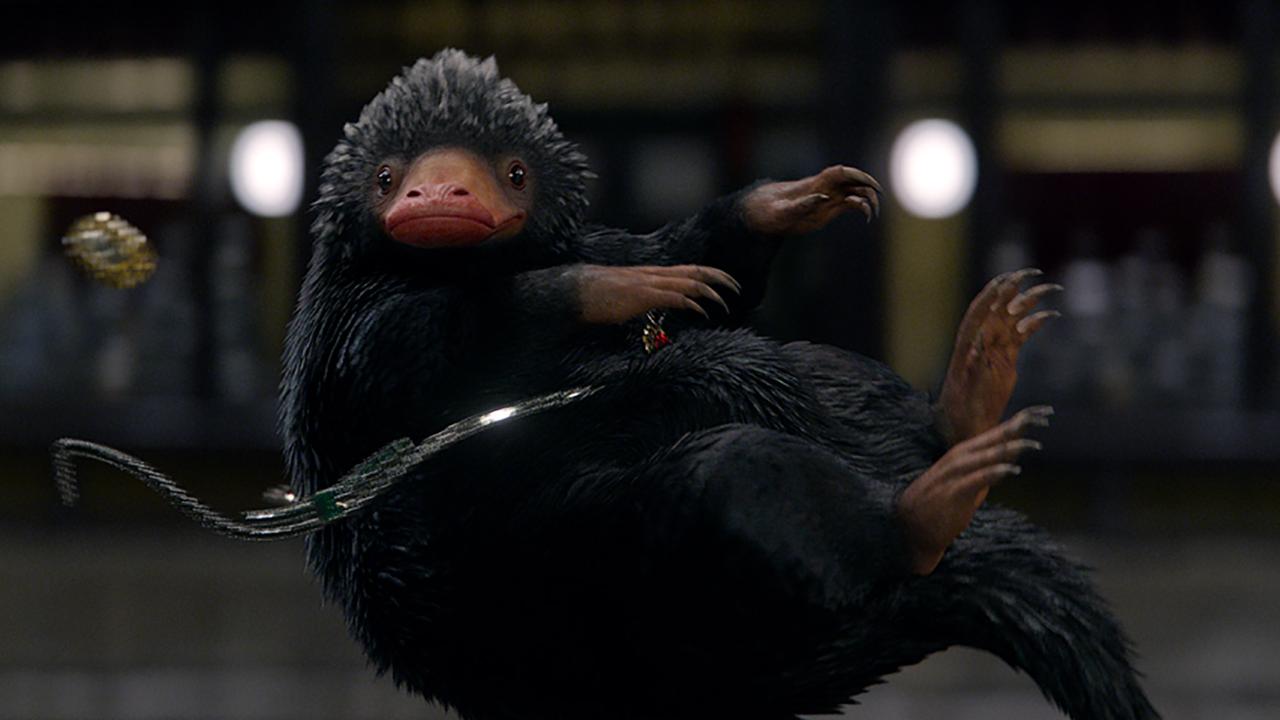
Its aim is to conjure within visitors “a new-found sense of curiosity and admiration for the natural world, as well as a desire to protect it”, says Anna Darron of London’s Natural History Museum, which developed the exhibition alongside Warner Bros and BBC Studios’ Natural History Unit.
Darron says using the blockbuster Harry Potter and Fantastic Beasts franchises as a vehicle to champion conservation was a natural fit.
For a start, the efforts of Scamander – the fictional author of Fantastic Beasts and Where to Find Them, played by Eddie Redmayne in the film of the same name – to “understand and protect magical animals echoes that of the research being done by our 300 scientists every day”.
“Fantastic Beasts: The Wonder of Nature is a celebration of the many incredible animals we are lucky enough to share our planet with,” says Darron, an interpretation developer who is responsible for crafting exhibition narratives at the Natural History Museum.
“It also highlights the fact that, like in the Wizarding World, many species face very real threats.
“We hope to inspire a greater connection with the natural world and empower visitors to become advocates for the planet.”
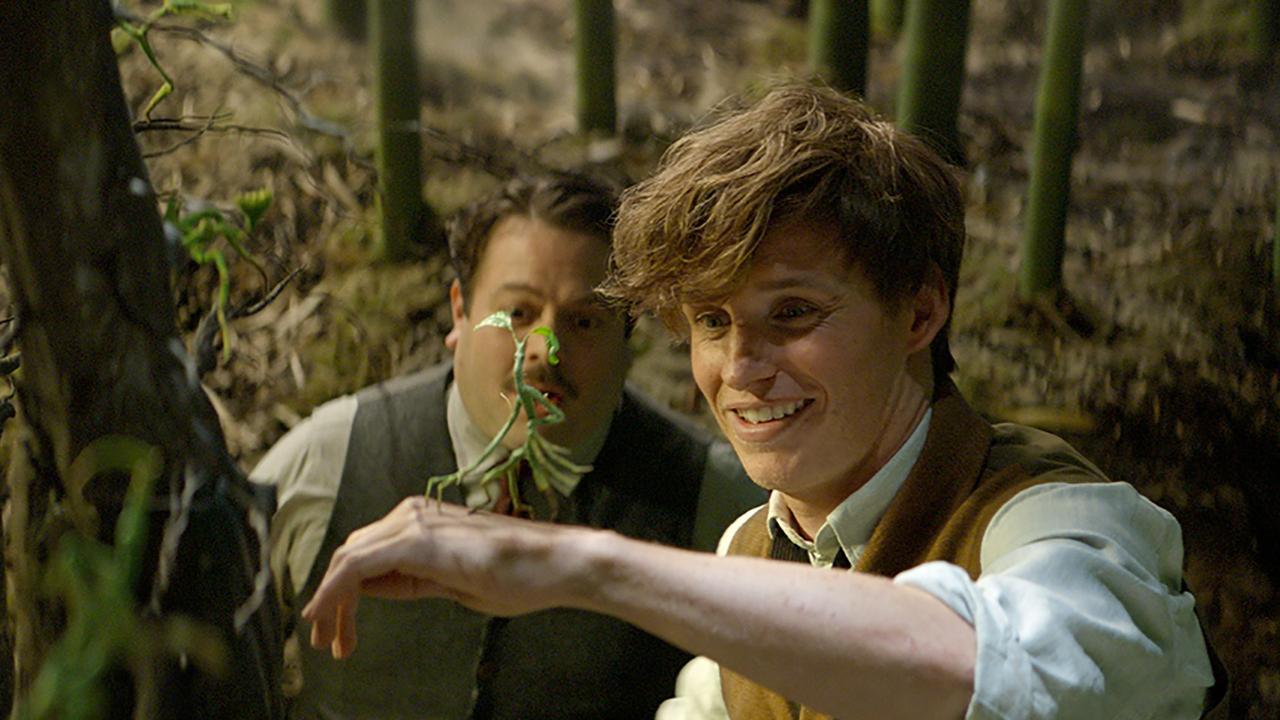
Prior to its Australian debut at Melbourne Museum this week, the exhibition was a huge hit in the UK and Canada, receiving four and five-star reviews from media in its country of inception.
It showcases diverse specimens and artefacts from the Natural History Museum’s world-leading scientific collections, alongside props from the Harry Potter and Fantastic Beasts films, original artworks from Bloomsbury Publishing and custom-made models.
Darron was part of a huge team of experts – including scientists, designers, painters, joiners and filmmakers – who assembled the exhibition over about two years, ahead of its December 2020 premiere in London.
She collaborated with scientists to draw parallels between creatures from the magical and muggle realms, a process that began with the team brushing up on their knowledge of the Wizarding World.
“We looked to the original book, Fantastic Beasts and Where to Find Them, as well as the Fantastic Beasts films for inspiration, and developed our ideas in collaboration with Warner Bros,” Darron says.
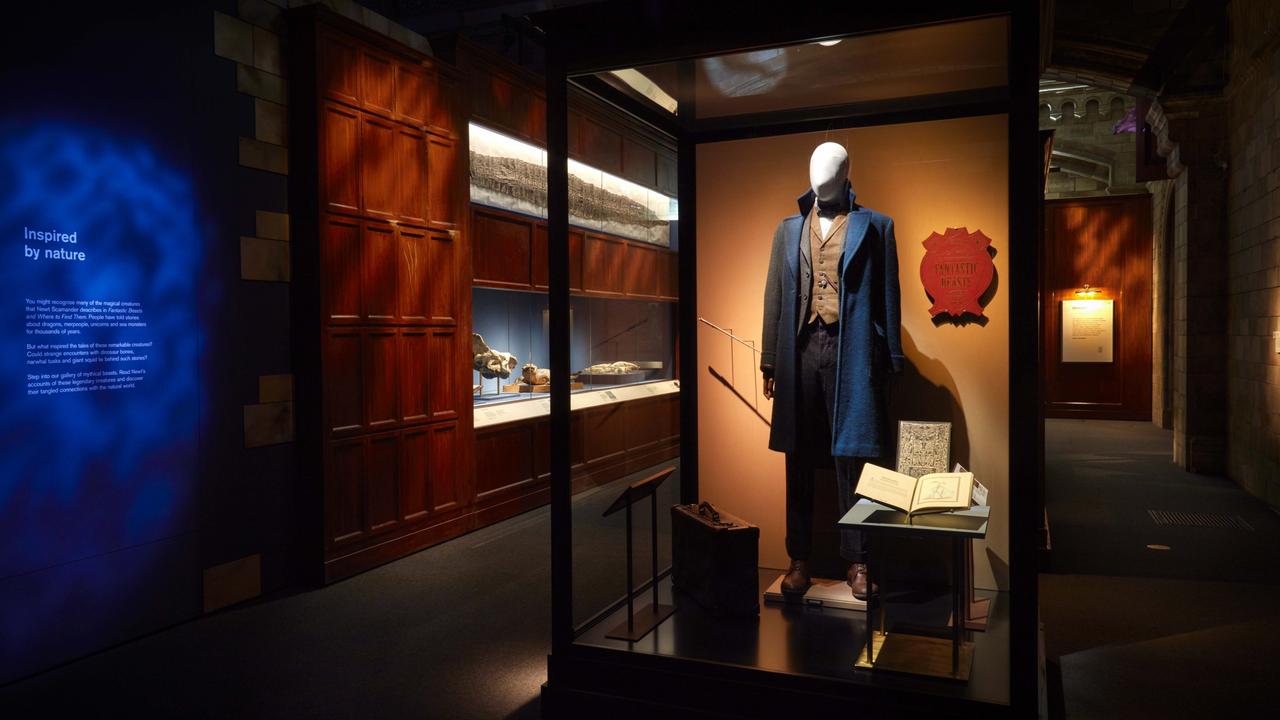
The team then scoured the Natural History Museum’s collection of more than 80 million specimens, selecting the most “amazing animals from our natural world” to display alongside “magical beasts like dragons, mermaids and Erumpents (huge African magical beasts resembling rhinoceroses)”, which they creatively brought to life.
“From building a Niffler burrow glowing with shiny objects, to finding ways of making a Demiguise (a peaceful magical beast that can tell the future) disappear, creating this exhibition has offered us so many exciting and creative challenges,” she says.
Being able to bring Fantastic Beasts to Australia is a big coup for Melbourne Museum, which also collaborated with the Natural History Museum on popular 2021-22 exhibit Treasures of the Natural World.
The institutions, both of which date back to the 1800s, share a partnership that is going from “strength to strength”, says Linda Sproul, Melbourne Museum’s director of exhibitions and audience experience.
“It’s a very thoughtful exhibition,” Sproul says.
“To make connections between real-world animals that are under threat and creatures Newt Scamander is looking after in the films, we thought that was a really great way to engage people in the protection of the world we live in.
“It’s important we remain hopeful.”
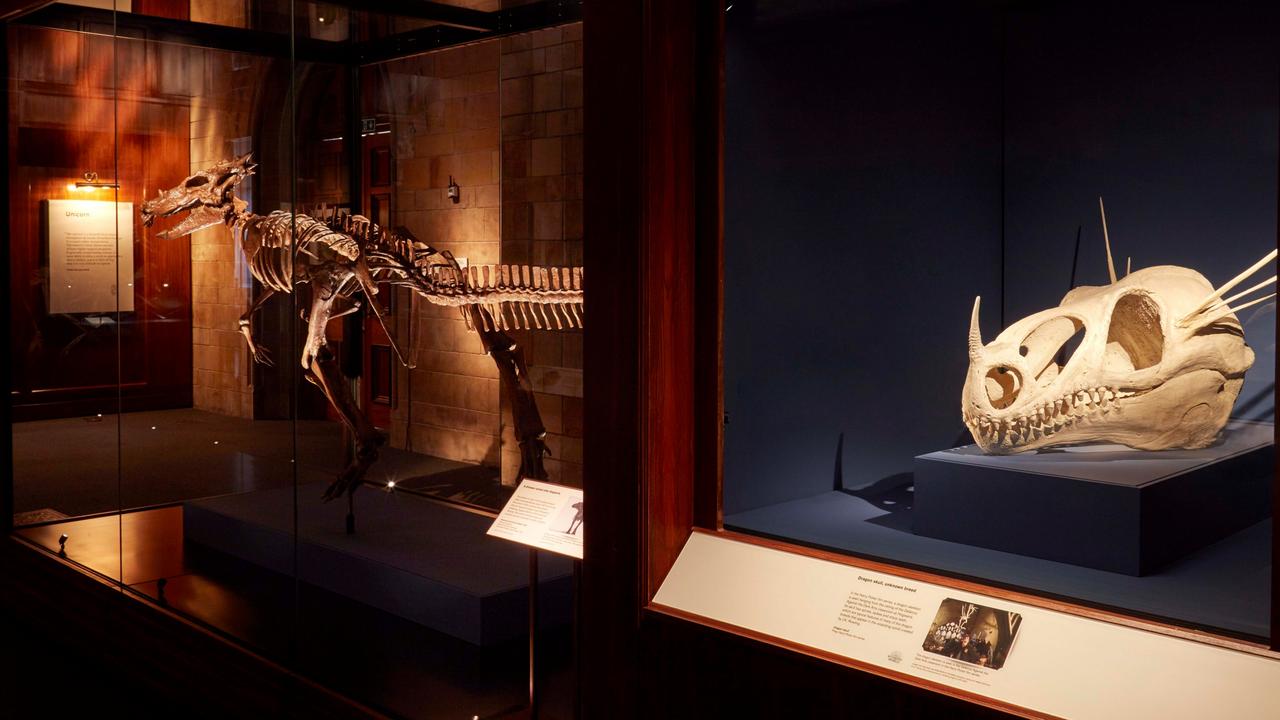
The logistics of getting the exhibit’s 100 pieces – including 65 priceless Natural History Museum specimens and 28 movie props – to Melbourne were “quite amazing”, she says. The items were packed in 115 crates, some of which were shipped but most flown to Australia, while the space took about two weeks to set up.
In the meantime, the pieces were safely stored in secure, temperature and humidity-controlled spaces.
“Most museum items are more loved than you could imagine,” Sproul says.
“Objects are always escorted by representatives from the loaning institution, who need to witness their loading and unloading.”
Sproul says visitors will explore three sections: “inspired by nature”, “in search of fantastic beasts” and “protecting beasts under threat”.
“You leave the real-world environment, which looks like an old-fashioned museum, then you’re in the world of Fantastic Beasts, where you get to meet the Niffler and all the other animals,” she says.
“There’s also a range of interactives. For example, you might have to spray some scent to attract an Erumpent so it does a dance for you.”
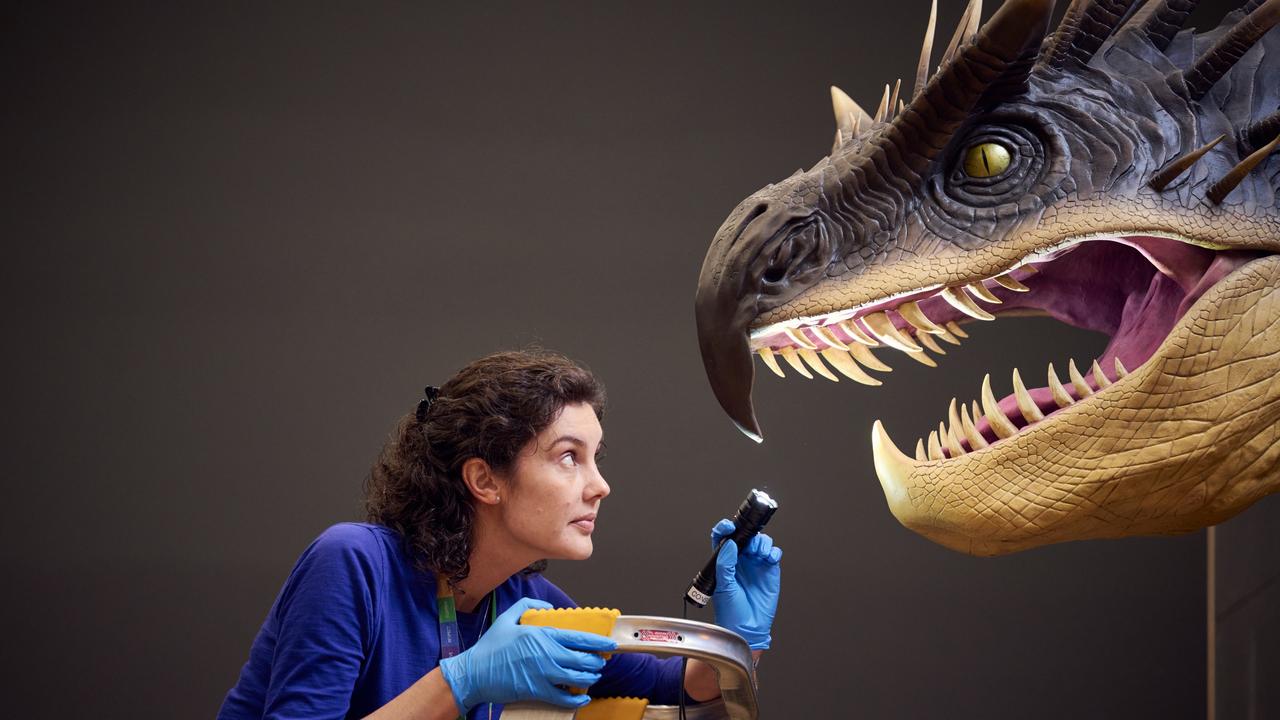
Potterheads who visit the exhibition should keep their eyes peeled for a spectacular dinosaur fossil that was discovered in South Dakota’s Hell Creek Formation in 2004, Sproul says.
The fossil was named Dracorex Hogwartsia, which translates to “dragon king of Hogwarts”, in honour of the Hogwarts School of Witchcraft and Wizardry.
Sproul also highlights the Adelie penguins display, noting they are “in a sense, inspiration for Nifflers as they collect pebbles in their nests” the same way Nifflers keep shiny things in their pouches.
For Darron, a 900-year-old narwhal tusk featuring elaborate carvings is a standout. “Narwhal tusks were once believed to be the horns of unicorns, which is why narwhals are often described as ‘unicorns of the sea’,” she says.
Visitors will also be spellbound by the specimen of an okapi, a shy animal with “zebra-like markings that help them camouflage among the dense, shadowy forest of the Democratic Republic of Congo”.
“Like the elusive Mooncalf (a nocturnal magical creature), they are very rarely seen by people in the wild,” Darron says.
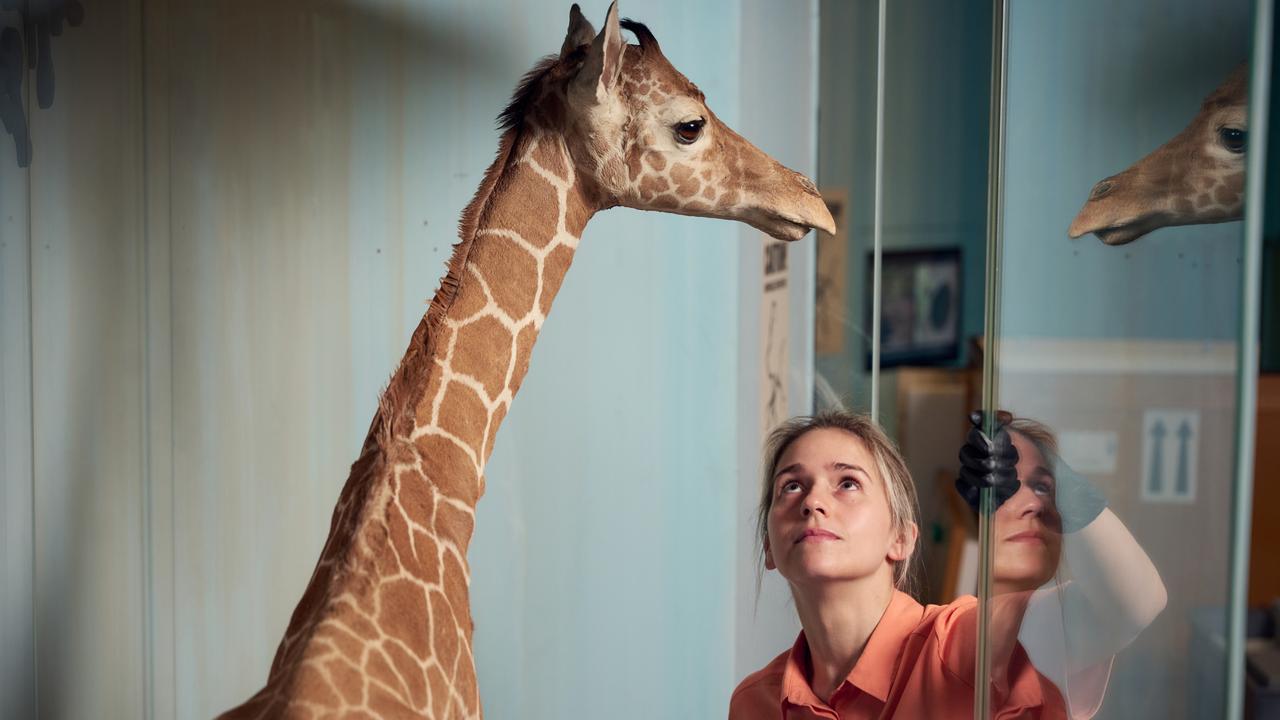
An endangered bright green, ground-dwelling parrot called a kakapo is also on display, alongside equipment New Zealand conservationists use to help increase its population.
“In the Wizarding World, Newt looks after the last breeding pair of magical creatures called Graphorns,” she says.
“And just like Newt protects the Graphorns, conservationists around the world are working hard to protect species that are dangerously close to the brink of extinction so as Newt says, future generations can enjoy the wonder and magic of nature as we have been privileged to do.”
The fantastic beasts you’ll see at Melbourne Museum
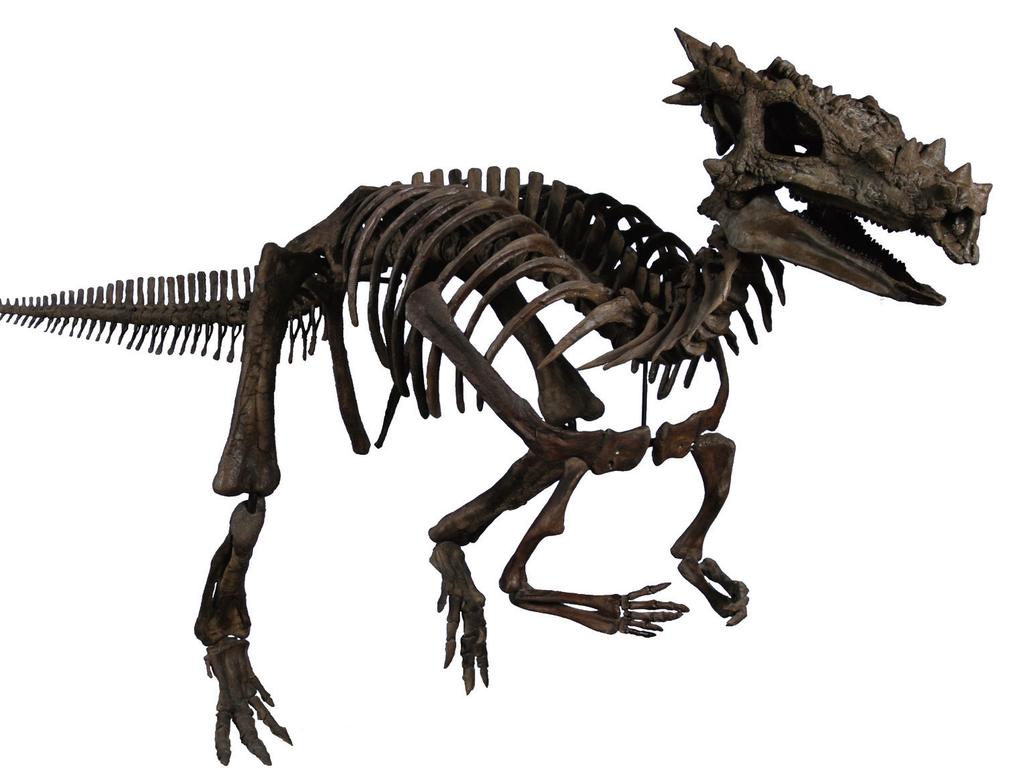

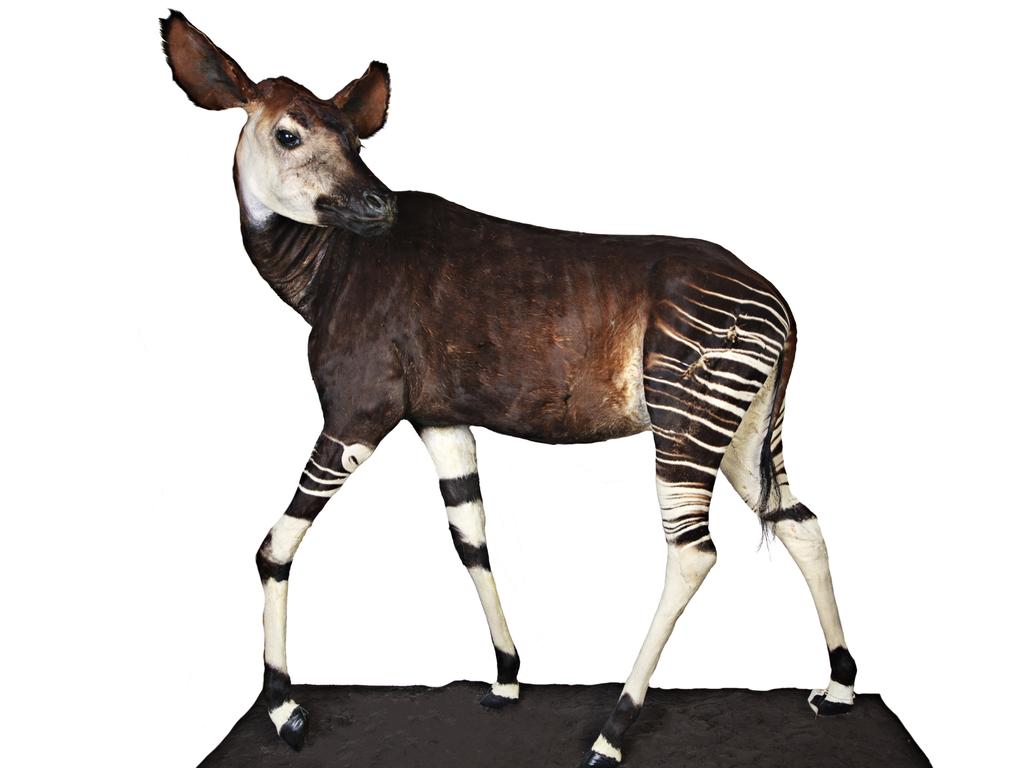

Originally published as How Fantastic Beasts: The Wonder of Nature aims to inspire ‘advocates for the planet’



